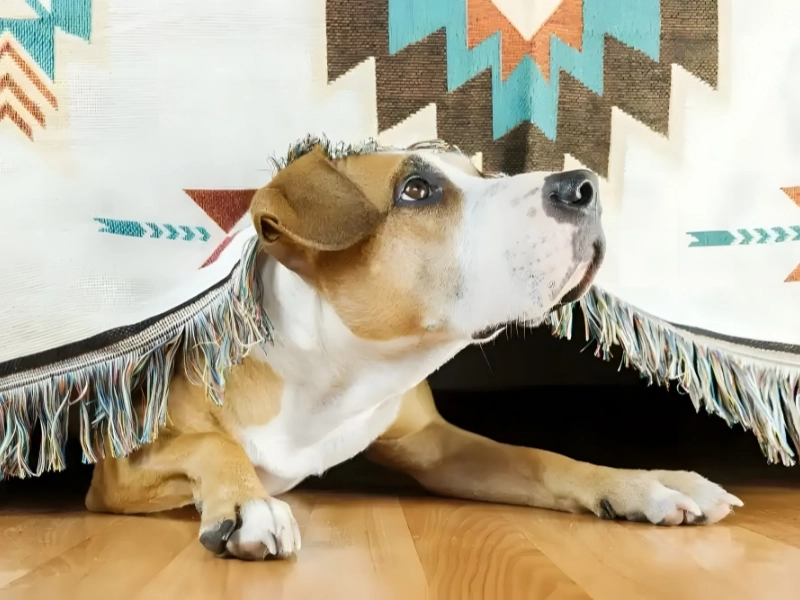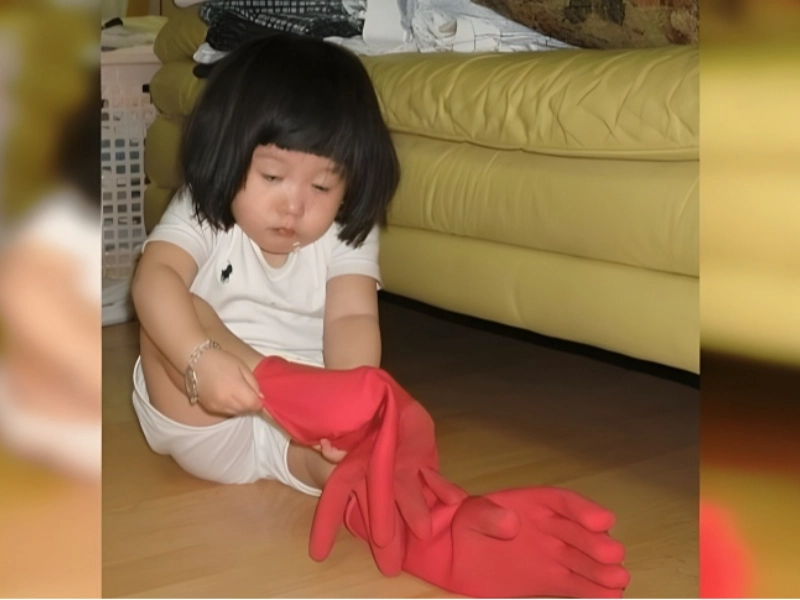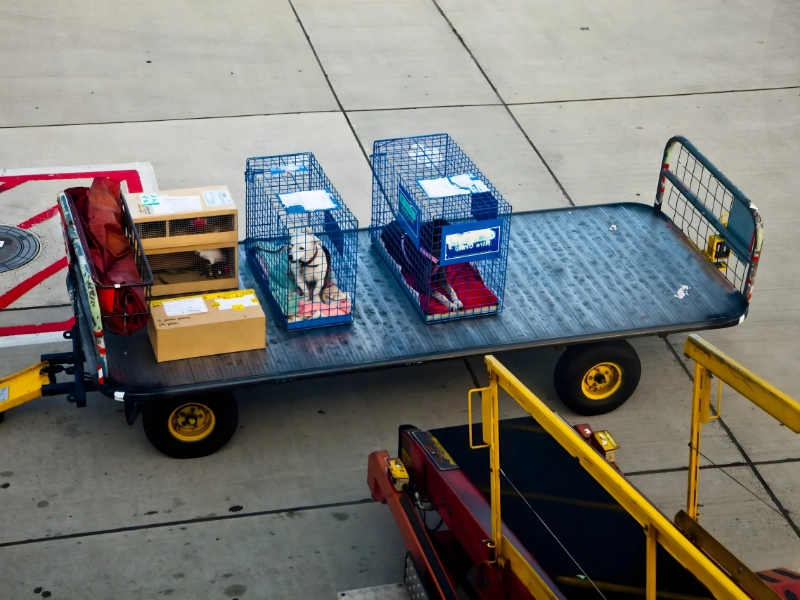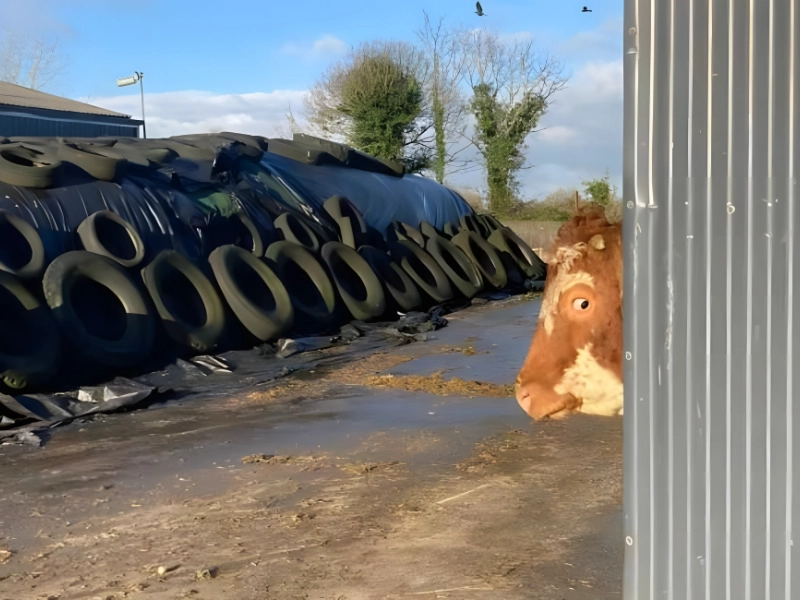The Hidden Danger Every Dog Parent Needs to Know
Anxiety of Separation
Understanding Separation Anxiety in Dogs Signs of Separation Anxiety: Destructive Behavior: If your dog becomes a "one-man wrecking team" or howls loudly when you leave, it’s likely they are experiencing separation anxiety. Vocal Distress: The howling and barking may be their way of warning you not to go, expressing their distress about being left alone. Emotional Expression: Loneliness Indicators: Chewed furniture and complaints from neighbors are dramatic signs that your dog is struggling with feelings of loneliness and anxiety. Managing Separation Anxiety Gradual Departures: Practice leaving your dog alone for short periods, gradually increasing the duration to help them adjust.
Create a Safe Space: Designate a comfortable area with toys and familiar items where your dog feels secure when you’re away.
Positive Reinforcement: Reward your dog for calm behavior when you leave and return, reinforcing their ability to cope with your absence.
Engage in Exercise: Ensure your dog gets plenty of physical and mental exercise before you leave to help reduce anxiety levels.
Consider Professional Help: If anxiety persists, consult a veterinarian or a professional dog trainer for additional strategies and support.
Conclusion Separation anxiety can be challenging, but with patience and proactive management, you can help your dog feel more secure when left alone, reducing destructive behaviors and vocal distress.

Overcoming Separation Anxiety: Hope and Solutions Training for Independence: Professional Guidance: Seek help from a skilled trainer who can guide you through techniques to help your dog enjoy or at least accept being alone. Doggy Independence Boot Camp: Structured Training: Think of this process as a "doggy independence boot camp," where your furry friend learns that being alone is perfectly fine. Steps to Success Consistency is Key: Regular training sessions will help reinforce positive behaviors and build your dog's confidence when alone.
Gradual Desensitization: Slowly increase the time your dog spends alone, starting with short periods and gradually extending them.
Positive Associations: Use treats or toys to create positive associations with your absence, making it a rewarding experience for your dog.
Stay Calm and Confident: Your demeanor matters; stay calm during departures and arrivals to help your dog feel secure.
Conclusion With the right support and training, you and your dog can overcome separation anxiety. Even if you come home to a mess or hear those sad howls, remember that progress is possible. Together, you can build a happier, more independent future for your furry companion.









